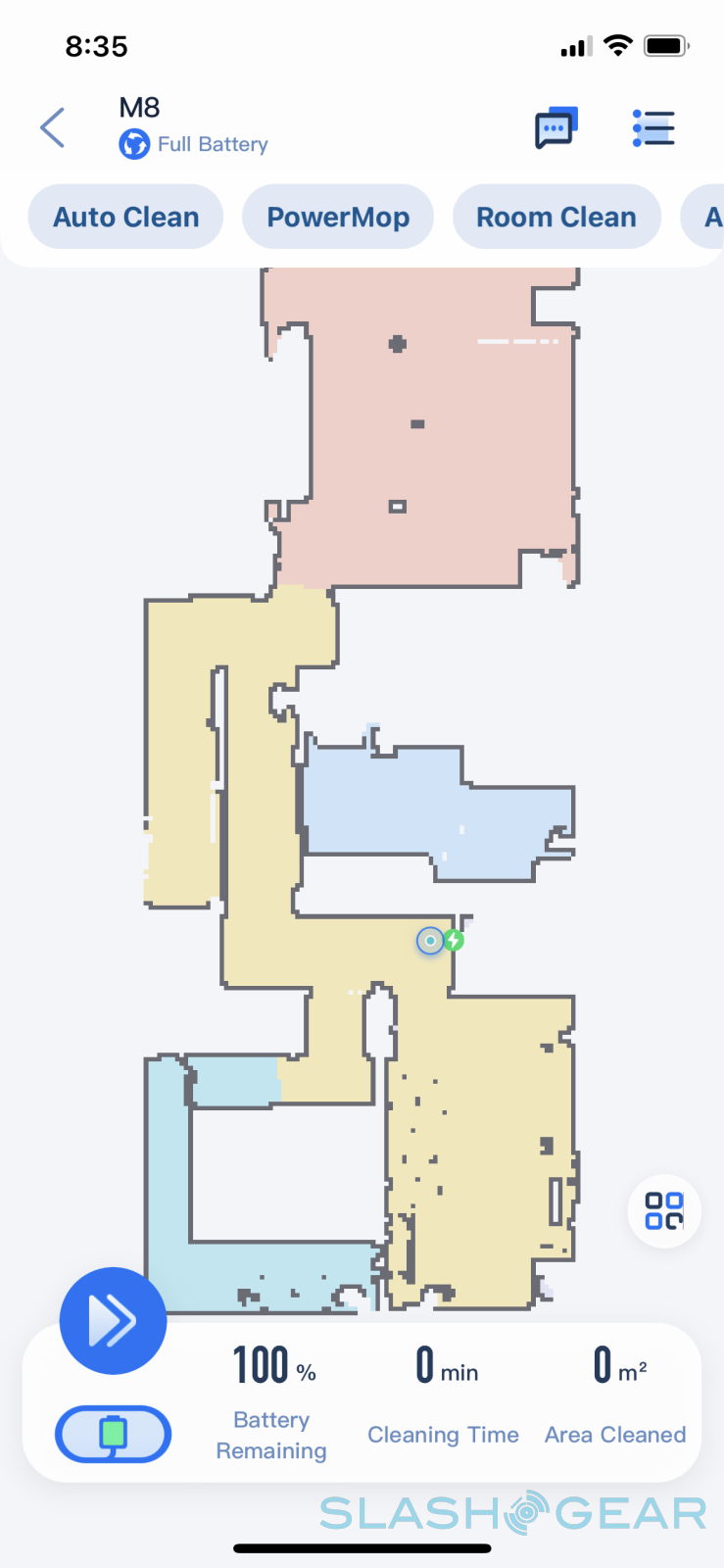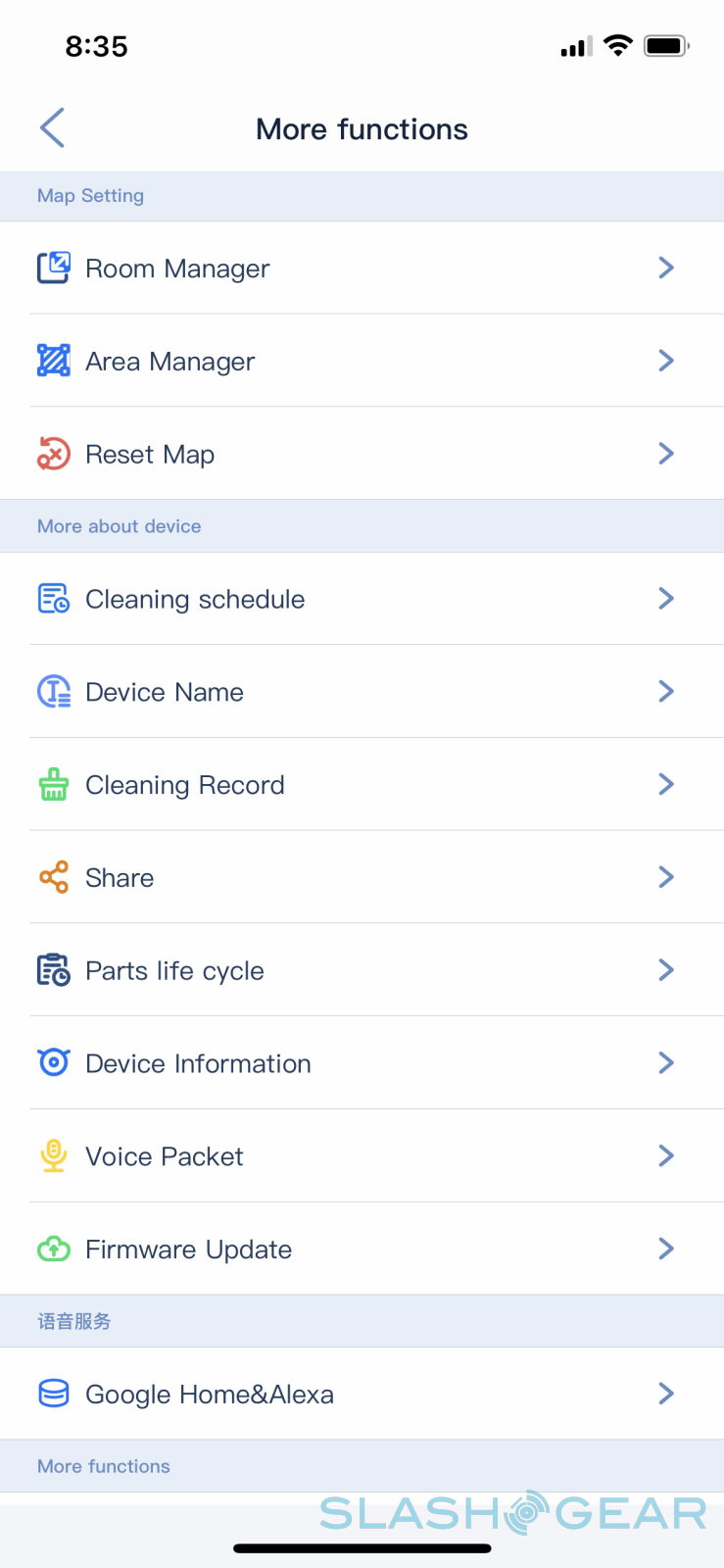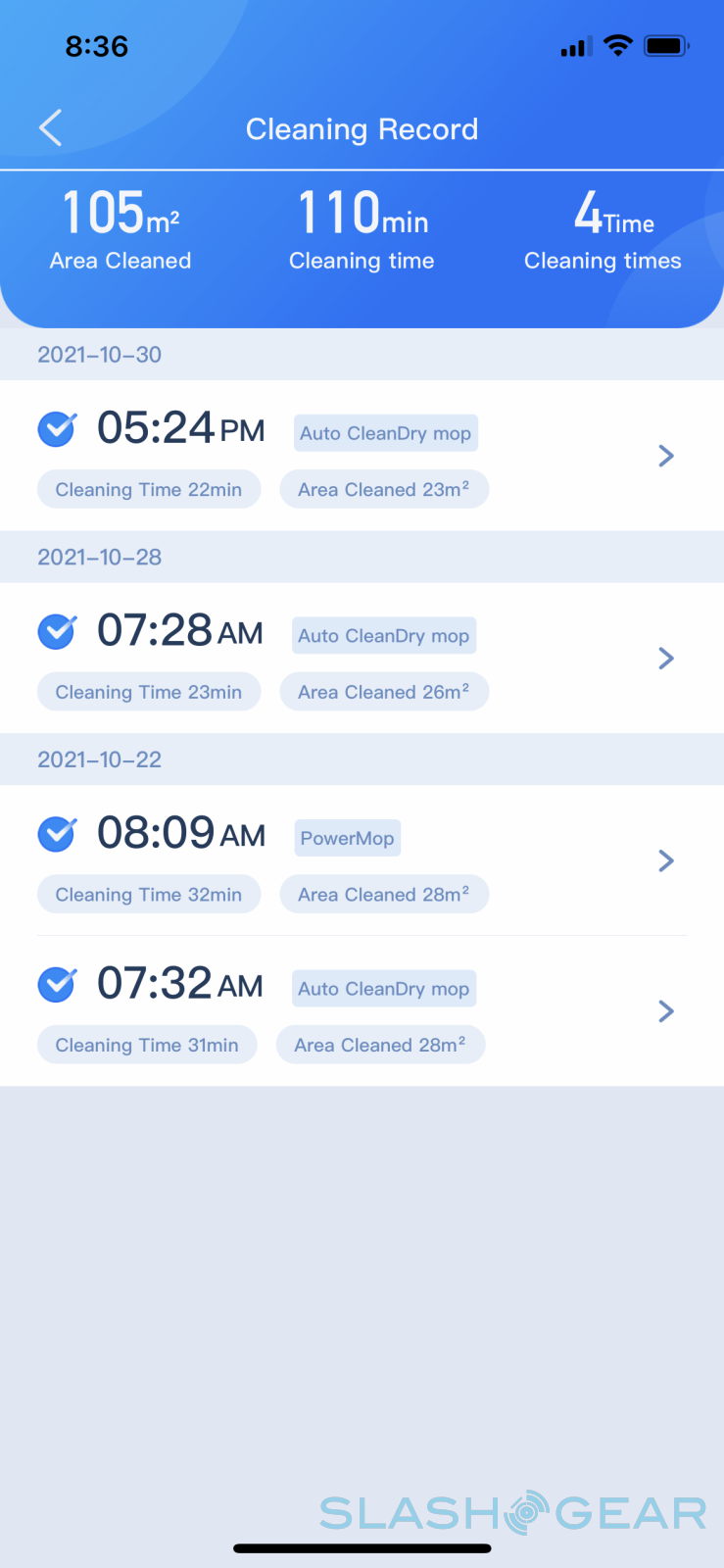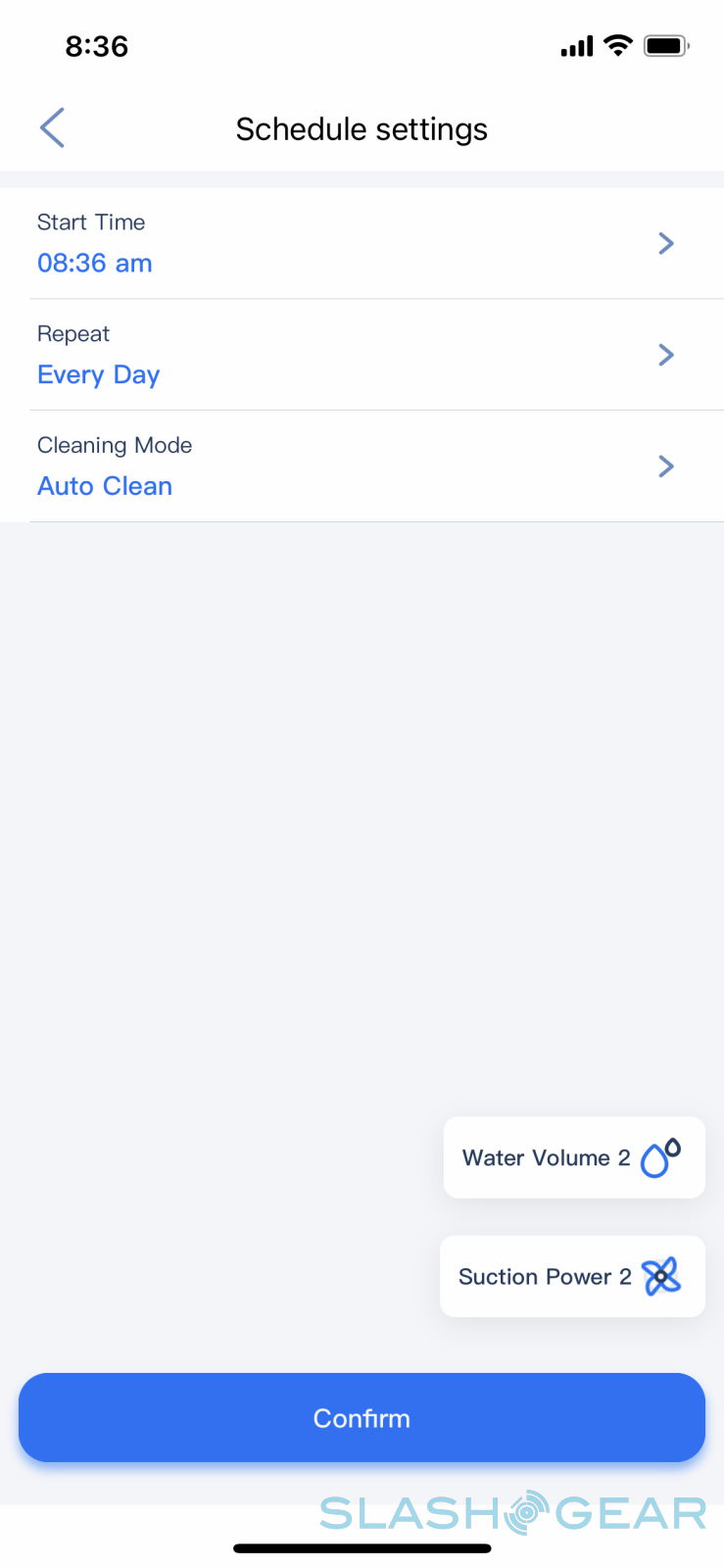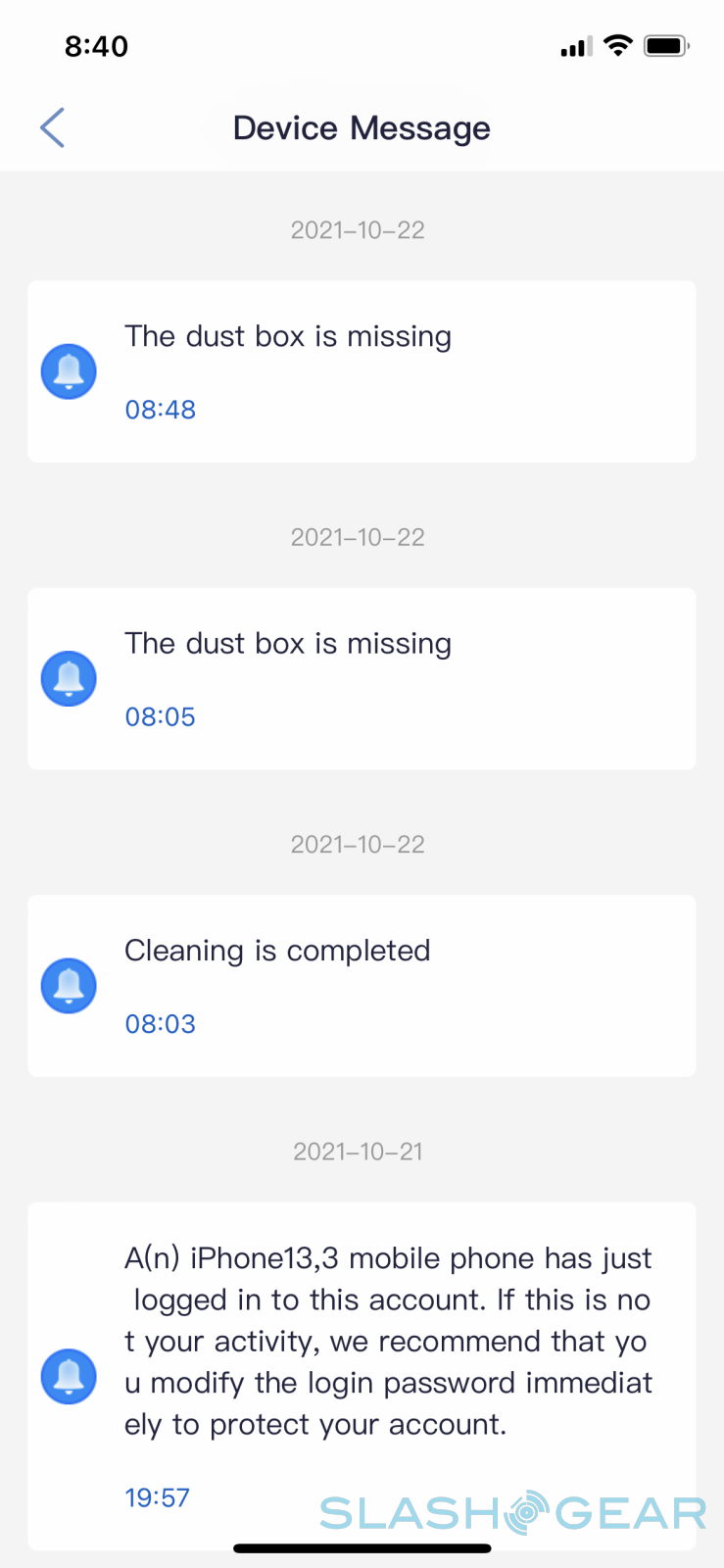Proscenic M8 Robotic Vacuum Review
- Uses LIDAR for room mapping
- Vacuum and mopping function in one
- Integrates with Google Assistant and Amazon Alexa
- Multi-level mapping
- Only works with 2.4GHz Wi-Fi band
- Glossy surface is a dust magnet
- Smart app setup is a bit tricky
Even before smart homes became a thing, one piece of seemingly futuristic technology was already trying to make its way into our homes. Vacuum cleaners like the Roomba challenge our concepts of what a robot looks like while also doing wonders for the living room floor or carpet. Since then, a lot of robotic cleaners have populated stores, virtual or physical, trying to compete with each other with some gimmick or another. The Proscenic M8 is one of the latest to arrive from a brand best known for its smart home cleaning appliances, and we take it for a good spin (no pun intended) to check if it's all that the company has hyped it up to be.
Design
There is admittedly very little room for novel designs when it comes to robot vacuum cleaners. Ever since iRobot launched the very first Roomba in 2002, robotic vacuum cleaners have always taken the form of tall discs (or short canisters) that rolled on the floor with one or two brushes spinning beneath them. Competing brands often just try to differentiate their products through accents, colors, materials, or compartments, and the Proscenic M8 is no different.
The circular robotic vacuum sports a sort of faux brushed metal look, though its glossy surface immediately tells you otherwise. Unfortunately, that same surface turned out to be quite a dust magnet, which is pretty ironic for a device that's supposed to keep your floors clean. In just two days of use, it accumulated enough dust that it felt like the M8 needed its own mini vacuum cleaner to go over its body.
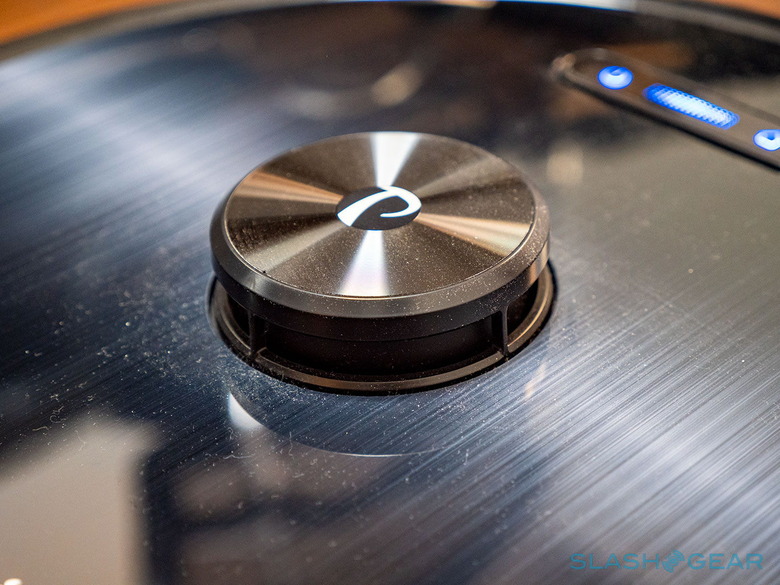
The design of the Proscenic M8 itself is pretty plain and nondescript. The top circular disc is where the cleaner's LIDAR lives (more on that later), leaving the rest of its surface free of most other sensors except for collision detection. The back, which ironically looks like the front because of the placement of the Proscenic branding, has a pullout tray that contains both the 280ml dust bin and the 300ml water tank.
The bottom has a single side brush, which might disappoint some, though there's a typical brush and silicon roller at the center. The cloth mop is removable and washable, so you won't need to replace it too often. The Proscenic M8's charging stand is even more plain-looking than the vacuum cleaner itself, designed to be put out of the way and out of sight all the time.
Performance
The Proscenic M8 is rated to use 3000 Pa of suction power, but you don't actually have to operate it always at maximum power. That will not only drain the 3,200 mAh faster than its advertised 2 hours of use in silent mode, it also creates a lot more noise. If you're the type who frets over using the correct setting for the correct surface, Proscenic, fortunately, has you covered. The robot vacuum is smart enough to identify what it's cleaning and adjusts its own setting automatically, like activating Vboost for carpets.
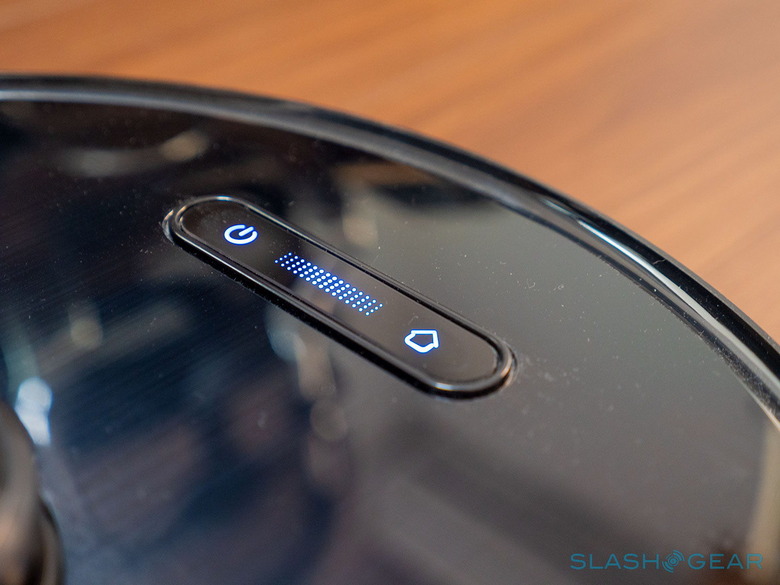
The M8's killer feature is its use of lasers, technically LIDAR, for mapping out rooms. It is often touted to be more accurate than camera-based mapping, especially when trying to identify obstacles in zones; the robot was able to clearly identify the designate zones during its first run. The vacuum can actually save multiple levels if your house does have more than one floor, and it will remember the settings used for each zone on each level.
As for its actual cleaning performance, there was very little room for complaints. The single side brush does mean that there are times when it fails to pull in some piece of dirt, which is probably why Proscenic had to develop what it calls a "Y-Mopping" path to go over each path almost three times. Despite that, it still managed to get the job done quickly, but it also managed to get some dust stuck on its top in the process.
Smart Features
While the Proscenic M8 itself already houses the brains and memory it needs to navigate your floors, part of its appeal comes from the way it can integrate with the rest of your home, especially your phone. That comes via Proscenic's smart app, which is, unfortunately, where most of its warts also pop up.
The first part is getting the right Proscenic app in the first place since the company has quite a number of them on app stores. You're supposed to use the "Proscenic" app and skip "ProscenicHome," or better yet, just scan the QR code from the vacuum cleaner's packaging. The app has your usual set of features for monitoring and configuring the M8, setting up no-mop zones, and connecting with Google Assistant or Amazon Alexa for voice control.
This, unfortunately, is also the one area where one of Proscenic's biggest weaknesses comes into play. Like the Proscenic A9 Air Purifier we reviewed earlier this year, the Proscenic M8 only works with 2.4GHz Wi-Fi. That may cause a problem for houses that use dual-band routers, which isn't very forward-looking for such a modern piece of technology.
Final Take
It's harder to get robot vacuum cleaners wrong these days than it is to get them right. The basic formula, including the design, is pretty much standard by now, and rivals compete mostly on how effectively they're able to map out areas, avoid obstacles, and suck out stubborn dirt off carpets. Fortunately, the Proscenic M8 manages to check most of the boxes, but it also comes with its own set of problems.
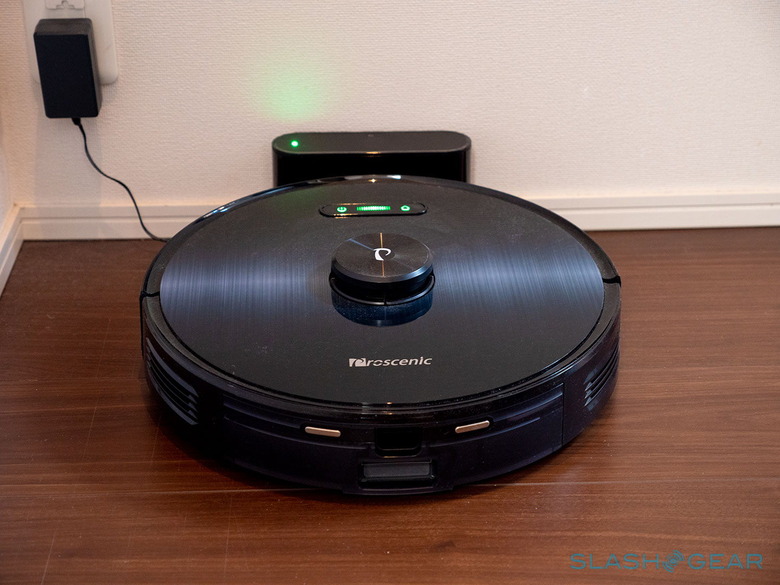
The company may have tried to be too smart with the robot cleaner's design and ended up with one that attracted dust on its surface far too easily. Proscenic still has a weak spot when it comes to supporting 5GHz Wi-Fi, or at least making it possible to work with dual-band routers without having to break out the manual. That might not be a deal-breaker for some homeowners, and at $329, you're still looking at a LIDAR-powered bargain.

